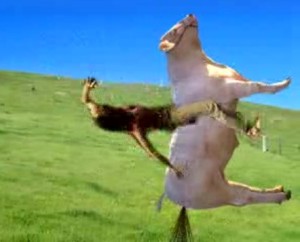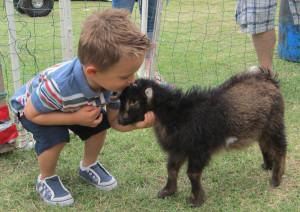Two related outbreaks (in 2009 and 2012) of cryptosporidiosis in Norwegian schoolchildren during a stay at a remote holiday farm provided us with a natural experiment to investigate possible secondary transmission of Cryptosporidium parvum IIa A19G1R1.
 After the children had returned home, clinical data and stool samples were obtained from their household contacts. Samples were investigated for the presence of Cryptosporidium oocysts by immunofluorescence antibody test. We found both asymptomatic and symptomatic infections, which are likely to have been secondary transmission. Laboratory-confirmed transmission rate was 17% [4/23, 95% confidence interval (CI) 7·0–37·1] in the 2009 outbreak, and 0% (95% CI 0–16·8) in the 2012 outbreak. Using a clinical definition, the probable secondary transmission rate in the 2012 outbreak was 8% (7/83, 95% CI 4·1–16·4).
After the children had returned home, clinical data and stool samples were obtained from their household contacts. Samples were investigated for the presence of Cryptosporidium oocysts by immunofluorescence antibody test. We found both asymptomatic and symptomatic infections, which are likely to have been secondary transmission. Laboratory-confirmed transmission rate was 17% [4/23, 95% confidence interval (CI) 7·0–37·1] in the 2009 outbreak, and 0% (95% CI 0–16·8) in the 2012 outbreak. Using a clinical definition, the probable secondary transmission rate in the 2012 outbreak was 8% (7/83, 95% CI 4·1–16·4).
These findings highlight the importance of hygienic and public health measures during outbreaks or individual cases of cryptosporidiosis. We discuss our findings in light of previous studies reporting varying secondary transmission rates of Cryptosporidium spp.
Symptomatic and asymptomatic secondary transmission of Cryptosporidium parvum following two related outbreaks in schoolchildren
Epidemiology and Infection / Volume 143 / Issue 08 / June 2015, pp 1702-1709
- . H. JOHANSEN, K. HANEVIK, F. THRANA, A. CARLSON, T. STACHURSKA-HAGENa5, D. SKAARE and L. J. ROBERTSON











